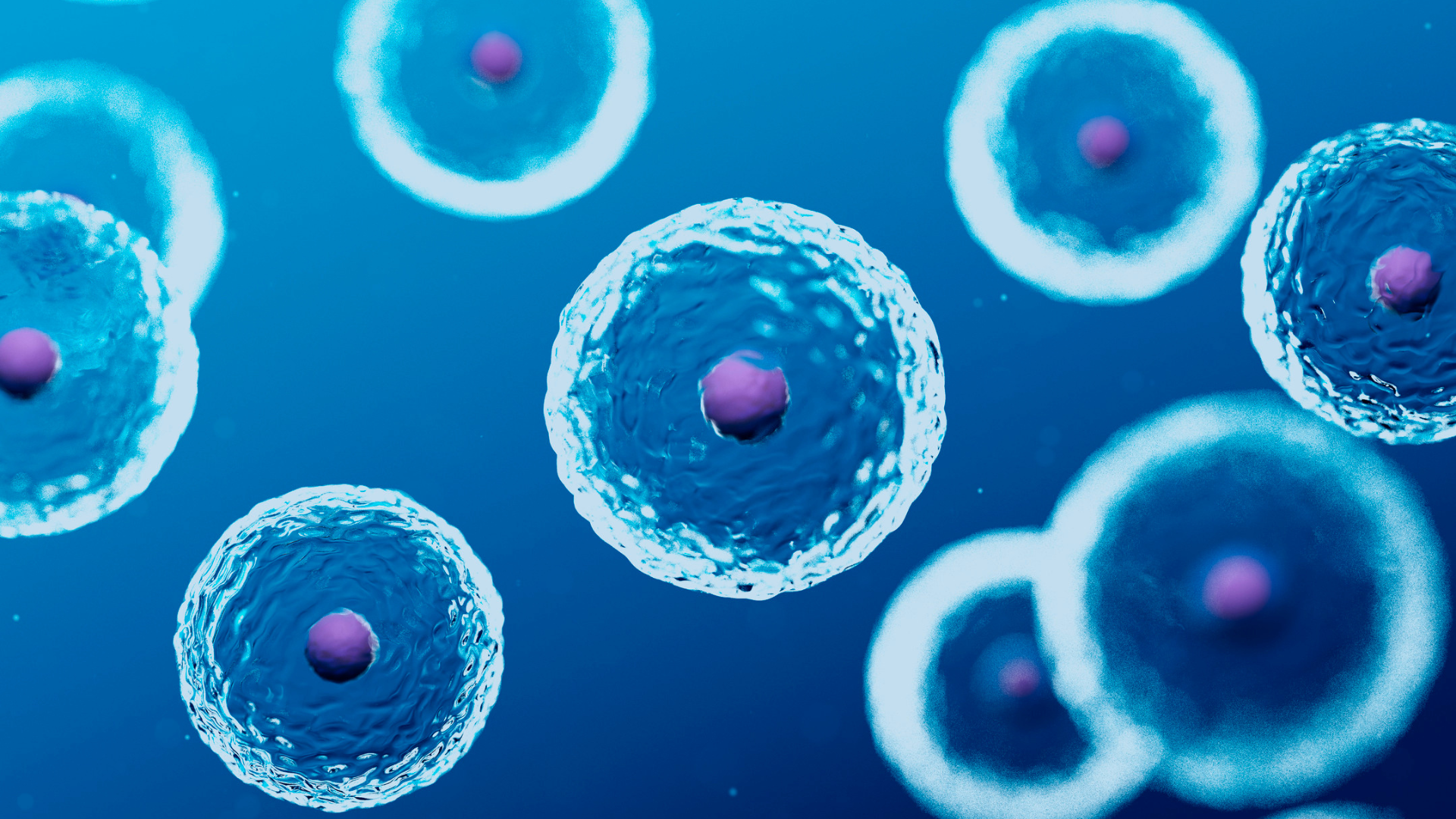LentiCare® :
high-efficiency lentiviral vector for GENE DELIVERY
Discover the excellence of gene transfer technology with Flash BioSolutions’ LentiCare®, our advanced third generation lentiviral vector, optimized for two decades.
LentiCare® sets the standard for safety and efficiency, offering superior gene transfer capabilities for in vitro and in vivo applications.

>90% transduction efficacy
in most cell types

Maintaining viability and original
cell phenotype
Stable expression customized
to your needs
Versatile gene transfer tools
LentiCare® is the ultimate of stable gene transfer tools, offering unrivalled versatility. It can be customized to suit a wide range of research and therapeutic applications
in cell & gene therapy.
From quiescent to dividing cells, our vectors ensure stable integration of genetic material into the host genome.

Lentiviral vectors applications
Discover the limitless possibilities of LentiCare®:
- Immunotherapy: harness the power of lentiviral vectors for cutting-edge immunotherapy approaches like CAR-T cells,
CAR-NK cells and more. - Gene therapy: facilitate precise gene addition with the best design of our lentiviral vectors, and the help of our experts
- Cell Line Generation: streamline the generation of cell lines with our ready-to-use and customizable solutions.
- Animal model Generation: stable gene expression solution to generate pre-clinical models for cell therapy, transgenic animals, and cell/tissue specific local expression.
- Screening assays & more…
LentiCare® performances

Maximum Efficiency
achieve more than 90% transduction efficiency across a wide range of cell types with our high purity lentiviral vectors.

Tailored Solutions
whether working with immortalized, primary, or stem cells, our vectors fit to your needs, from the design of the transfer plasmid to the purity of our lentiviral vector.

Preservation of Cellular Integrity
our concentration and purification process guarantee excellent cell viability and functionality

Stability and Longevity
unlike transient methods, LentiCare® ensures stable expression, ideal for long-term studies and therapeutic applications such as CAR cells engineering, where it is the gold standard.
Lentiviral vector advantages for gene transfer
Lentiviral vectors display outstanding performances to transfer genetic material.
Two other commonly used methods are transfection (non-viral), and adeno-associated viral vectors (AAV).
Each method has both advantages and drawbacks for specific applications, depending on its technical characteristics.
Lentiviral Vectors | AAV | Transfection | |
|---|---|---|---|
| Genetic Material | Linear single-stranded RNAs | Linear single-stranded DNA | No viral sequence |
| Insert size | 10 kb | 4.5 kb | No limit, in theory |
| Expression | Stable | Transient/Stable | Transient |
| Specificity | Ubiquitous or specific according to envelope protein | Restrained to AAV capsids | N/A |
Genome status | Integrated | Episomal | Episomal |
Target cells | Dividing and quiescent | Dividing and quiescent | Dividing |
| Applications | In vitro, in vivo, Immortalized & primary cells | Mostly in vivo | Mostly in vivo immortalized cells |
Want to know more ?
Contact us !
+33(0) 5 61 28 70 75
FAQ
How do Flash BioSolutions lentiviral vectors differ to those from other providers ?
Flash BioSolutions has developed a proprietary purification & concentration process for lentiviral vectors production. Purification levels are tailored to your application.
Flash BioSolutions generates high titer and highly pure lentiviral particles that guarantee high cell viability and maintaining the phenotype of your cells. Our technical experts are dedicated to the success of your project, from cassette design to transduction protocols.
How is the titer (TU/ml) of the lentiviral vectors determined?
What is the titer of my lentiviral vectors?
Lentiviral vector batches are provided with a viral titer.
There are two types of titers:
– A titer can be expressed in PP/mL. PP stands for Physical Particles and represents a mix of efficient particles, inefficient transducing particles and free capsids protein determined by a p24 ELISA assay.
– A more relevant titer is expressed in TU/mL or IG/mL. TU stands for Transduction Unit, IG for Integrated Genome and they represent only the efficient particles, leading to the expression of your GOI (Gene of Interest) into your transduced cells. The lentiviral vectors titer varies from a lentivector provider to another.
What is a M.O.I?
M.O.I stand for Multiplicity of Infection.
It corresponds to the number of efficient units, or transducing units (TU) to apply per cell. M.O.I 10= 10 TU per cell.
How many lentiviral particles should I add to my cells?
Because the titer of each batch of lentiviral particles varies, the volume required for transduction will also vary. The titer can be found on the Certificate of Analysis (CoA) provided with each lentiviral vector batch. Use the formula below to calculate the volume of lentiviral vector for transduction. Please refer to the product user manual for additional information.
Viral vectors volume required (µl) = Number of cells counted on the day of the transduction / Viral vectors Titer (TU/ml) x M.O.I x 1000
What are the differences between AAV and Lentiviral vectors?
Each method has both advantages and drawbacks for specific applications, depending on its technical characteristics. For example, the use of AAVs for the transfer of genetic material is limited by the length of the sequence of interest and by the pseudotype; non-viral methods can be problematic for the study of gene expression in primary cells because of cell toxicity and/or lower efficiency.
